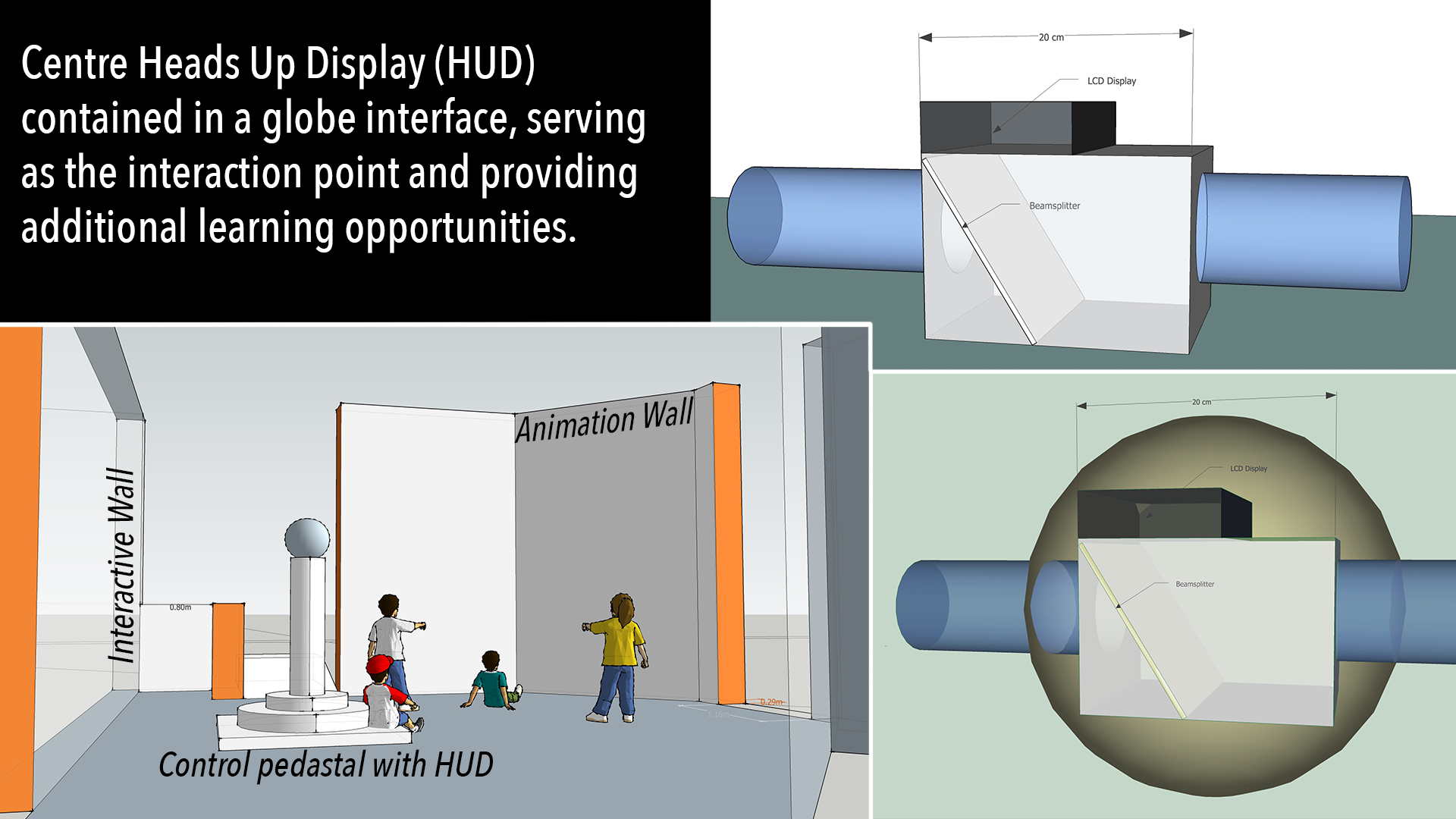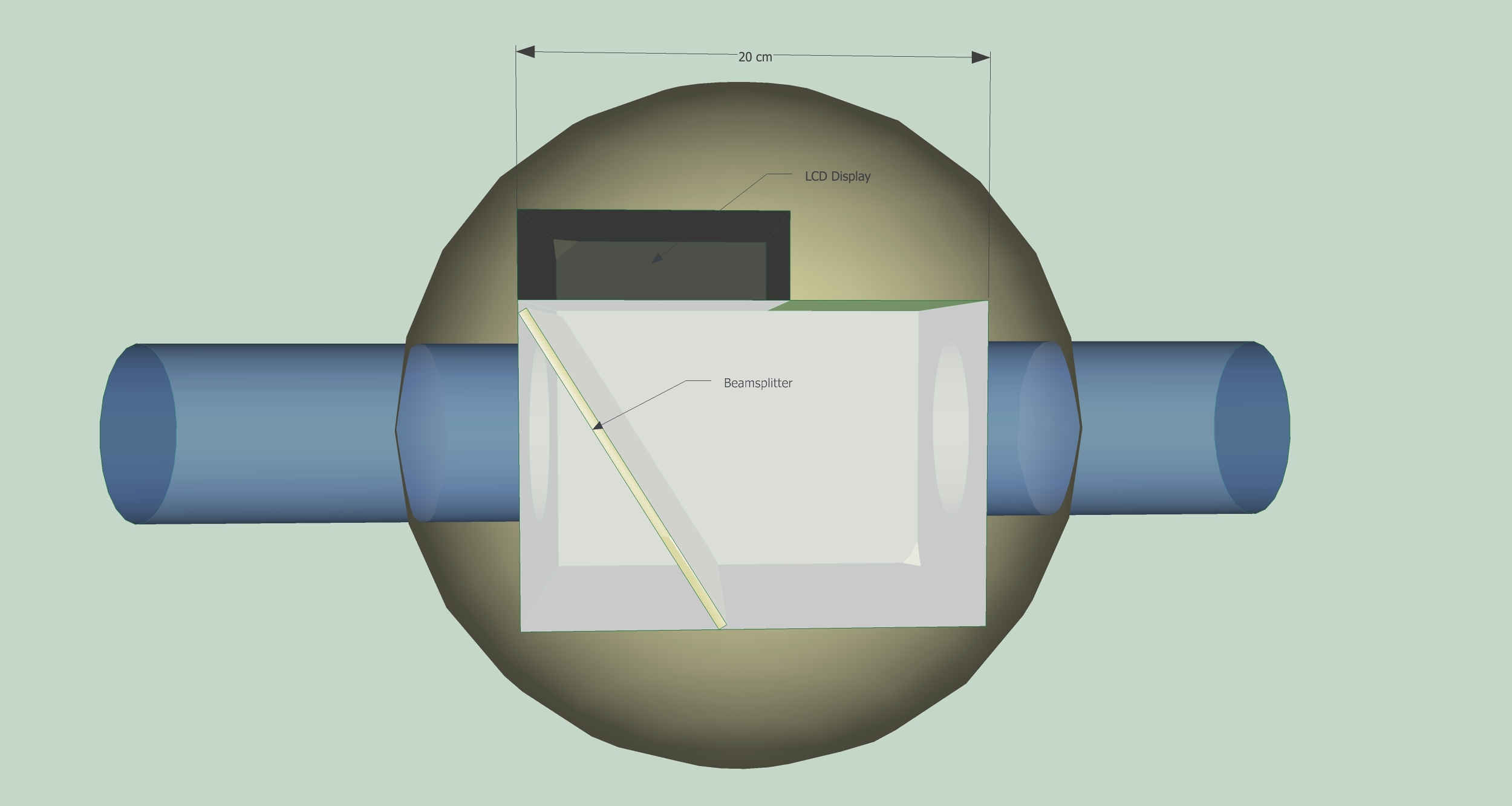InstallationS
InstallationS
I like to build things. This can take form in a single software app, or a multi piece exhibit. I've learned overtime how to apply the right tools to the job and what constraints those create for a project. I keep up to date on the latest technologies to ensure the I have the right tools for the job. On my own time, I experiment with new technologies to make sure that my toolbox remains up-to-date and large enough so that I have an effective solution for whatever task I am given.
Small Worlds
Small Worlds
Small Worlds is an art installation based about altering peoples perspective of their impact. Users put on the HTC vive and start to draw onto a sheet of paper. The images they draw generate meshes in the VR world and alter the worlds around them in the VR space.
The computation to generate hundreds of thousands of vertices using tens of thousand of pixels from webcam data would normally reduce the frame rate below the desired 90 fps in VR. By creating frame offsets pixeldata -> mesh generation (in waves) -> garbage collection and optimizing the algorithms the frame rate remained above 90fps to create a smooth user experience.
Anthony of the Arctic
Anthony of the Arctic
Anthony of the Arctic is a treasure hunt learning experience for kids. The installation projects onto 3 walls of a square room. In the middle of the exhibit is a 'flashlight'. The flashlight illuminates the wall where it is pointed and is how the user interacts with the underwater scene.
The flashlight was created using an Arduino, a gyroscope, a hall sensor and a magnet. The scene was created using Unity and C#. After installation, the project went through several iterations to account for people coming and going and how people approach the installation.
Qilak
Qilak
Qilak is an exhibit designed to teach 3 key points about celestial navigation:
1. The Sky rotates around Polaris (the North Star)
2. The Big Dipper always points to the North Star
3. The Inuit Myth of the constellation of Orion
The exhibit included 3 key parts. 2 projected walls (one with the animation of orion, and the other with the night's sky). The final piece was a telescope enclosed in a globe. The telescope used optics to culminate the projected night's sky with a H.U.D. so that when people looked through the telescope they see more information about the night's sky. The globe around the telescope can be spun to cause the stars to spin around the North Star.



